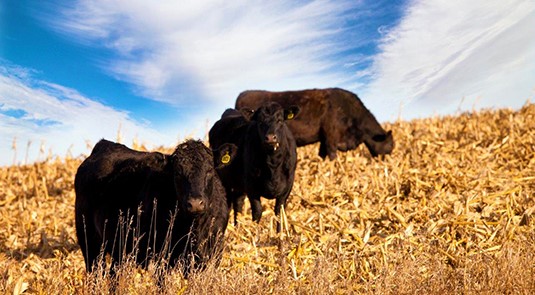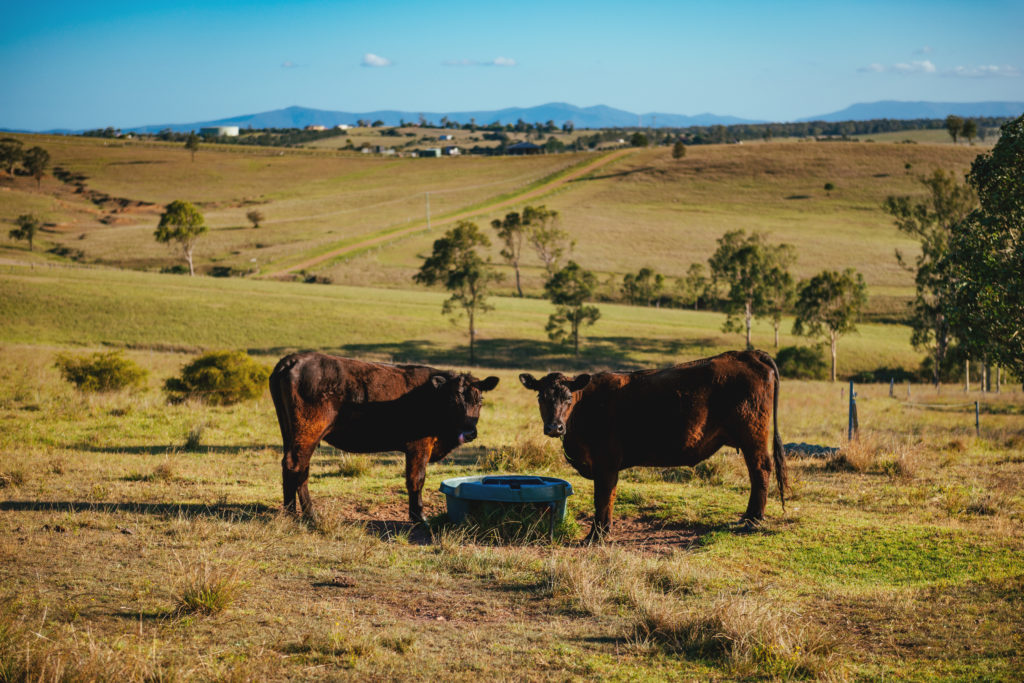
As a supplier of Molasses, M8U and Molafos we are often asked what the differences are between each product and in particular, what the risks and benefit:cost of each product. Given we know Molasses is molasses with no additives, here we take a look at the key differences between M8U and Molafos Pasture Supplements.
Put Simply
M8U: molasses + 8% urea (ie 24-26% protein)
Molafos: molasses + minerals + varying protein (15-25%) + varying sourness levels (S-SSS)
.png?Action=thumbnail&algorithm=fill_proportional&width=478&height=117)
M8U is simply molasses (energy) with 8% urea (protein) added to give a total protein level of 24-26%. Molafos on the other hand comprises an extensive range of pasture (and feedlot) supplements with protein levels ranging from 15 to 25%, added minerals and varying levels of sourness to help regulate intake and increase production.
.png?Action=thumbnail&algorithm=fill_proportional&width=380)
The number 8 in M8U (ie 8% urea) is critical. At this level most cattle should not consume more than the desired level of 1 to 2kg/hd/day. Any lower than this ie M5U, hungry animals would likely consume too much as it wouldn’t be sour enough and cattle would therefore be susceptible to urea toxicity. Any higher than 8, some animals may become accustomed to the bitter taste and consume excess quantities, also putting them at risk of urea toxicity.
The problem with the number 8 is that an animal can’t utilise 8% urea each day, and because it cannot be stored in the body, much of this passes straight through the animal and is wasted.
This does not occur with Molafos therefore signficantly less Molafos needs to be fed to achieve the same result.
Minimising Risk
The risk of urea toxicity can be reduced by:
- Avoid feeding any supplement containing urea to very hungry or thirsty livestock
- Agitation prior to use is recommended (see video)
- Always ensure there is an adequate supply of forage and fresh water; and
- Keep horses away from it.




